Ford Puma ST Powershift Review: A Sad Tale Of Downsizing
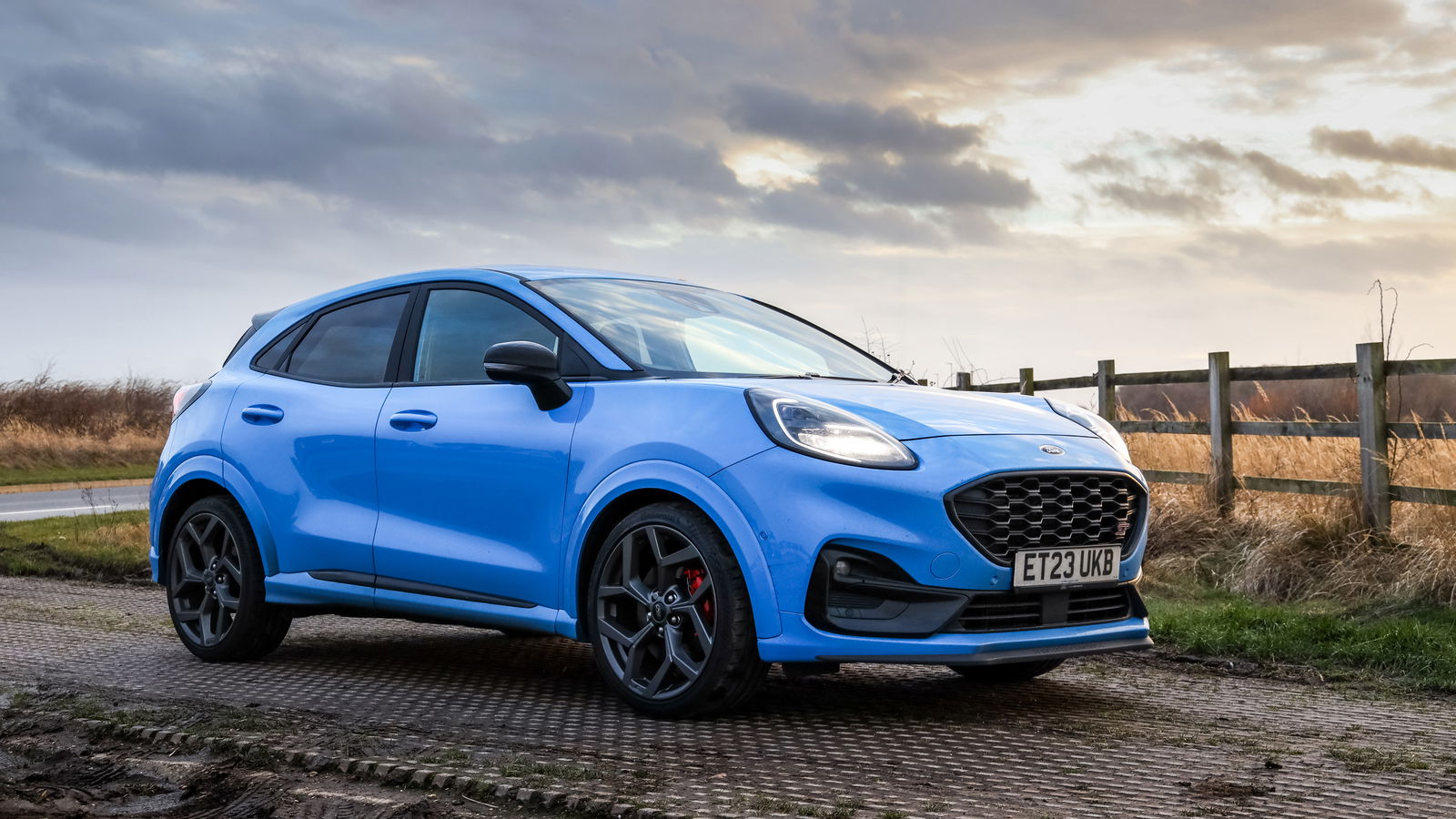
Pros
- Excellent chassisMore economical than the 1.5 manual ST
Cons
- Engine/gearbox combo disappointsFirm ride
The Ford Puma ST Powershift was something of a late arrival. It was revealed a good two years after the regular, manual Puma ST, itself a car that didn’t join the range until a little way into the SUV’s story. By the time we got around to testing one, it was only a few weeks before Ford unveiled a facelifted version.
That makes this review out of date before we even publish it (we’ll update accordingly when we’ve had hands-on experience with the new car’s changes, which mostly concern interior tech), but also, quite timely.
One thing was notable in its absence from the press release - the 1.5-litre triple-powered, manual-equipped Puma ST. A quick call to Ford’s UK press department confirmed our fears - the stick-shifting Puma ST was for the chop. The reason given was a “streamlining” of the range, but we suspect emissions also had to play.
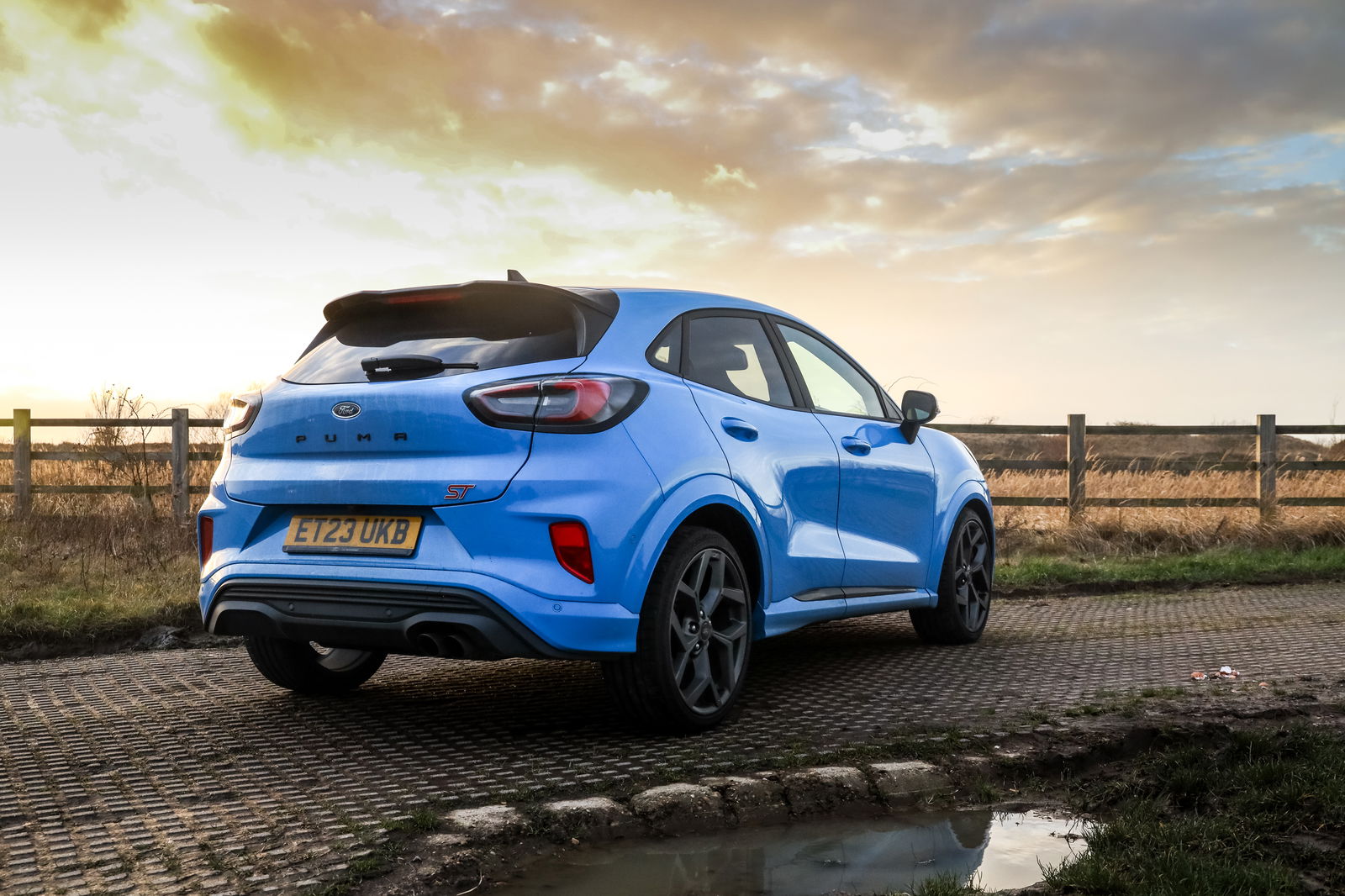
And so, the Puma ST Powershift we’d sampled mere weeks before went from being a disappointing derivative of the car you could ignore, to your only option. Considering the Fiesta ST is now well and truly dead, this is quite gutting.
This isn’t us bashing automatic gearboxes. At this point, they’re the norm for performance cars, and they can be fantastic. The seven-speed Powershift, though, is merely okay.
We’ll get back to the ‘box later, as there’s a bigger problem for the sole remaining Puma ST - its engine. In place of the furious little 1.5 Ecoboost is an even smaller 1.0-litre three-pot mild hybrid.
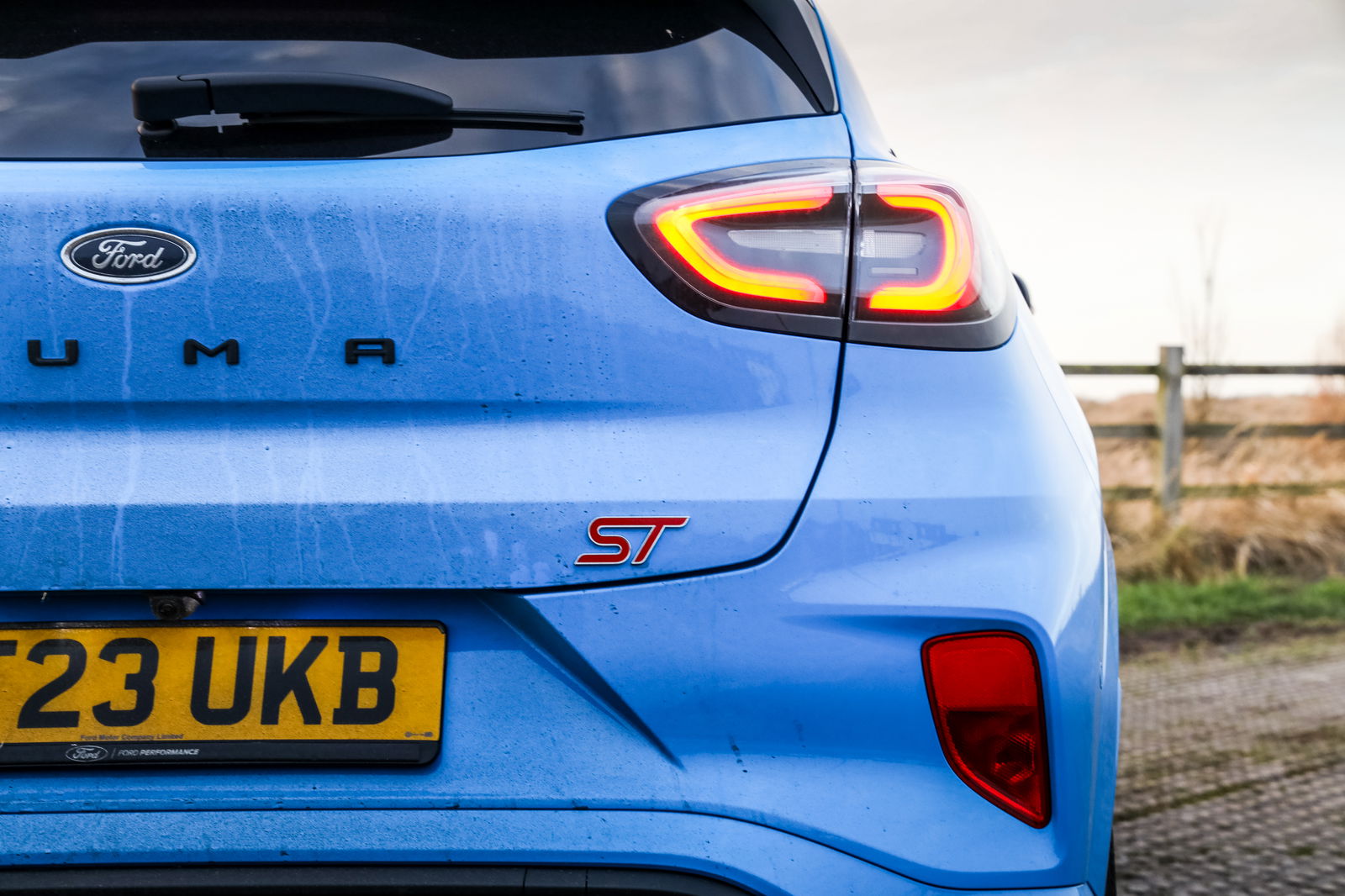
It puts out 168bhp, which is a mighty achievement for such a tiny engine, but that’s still a roughly 15 per cent drop from the now-dead manual Puma ST. Worse still, the 183lb ft torque output is 22 per cent less than what you enjoyed before. As a result, the 0-62mph time increases by seven-tenths to 7.4 seconds, while the top speed dips by 6mph to 130mph.
It’s enough of a drop in performance to be very noticeable, to the point where the first application of full throttle is met with a feeling of ‘is that it?’ Sure, it still puts out an angry, fizzy engine note, but it’s sorely lacking in clout compared to what came before.
Meanwhile, the transmissions are quick and smooth but happen with a complete lack of drama. The ‘box is a little too keen to hold onto gears, and while you can take manual control, doing so involves the use of some cheap-feeling plastic paddles mounted to the steering wheel.
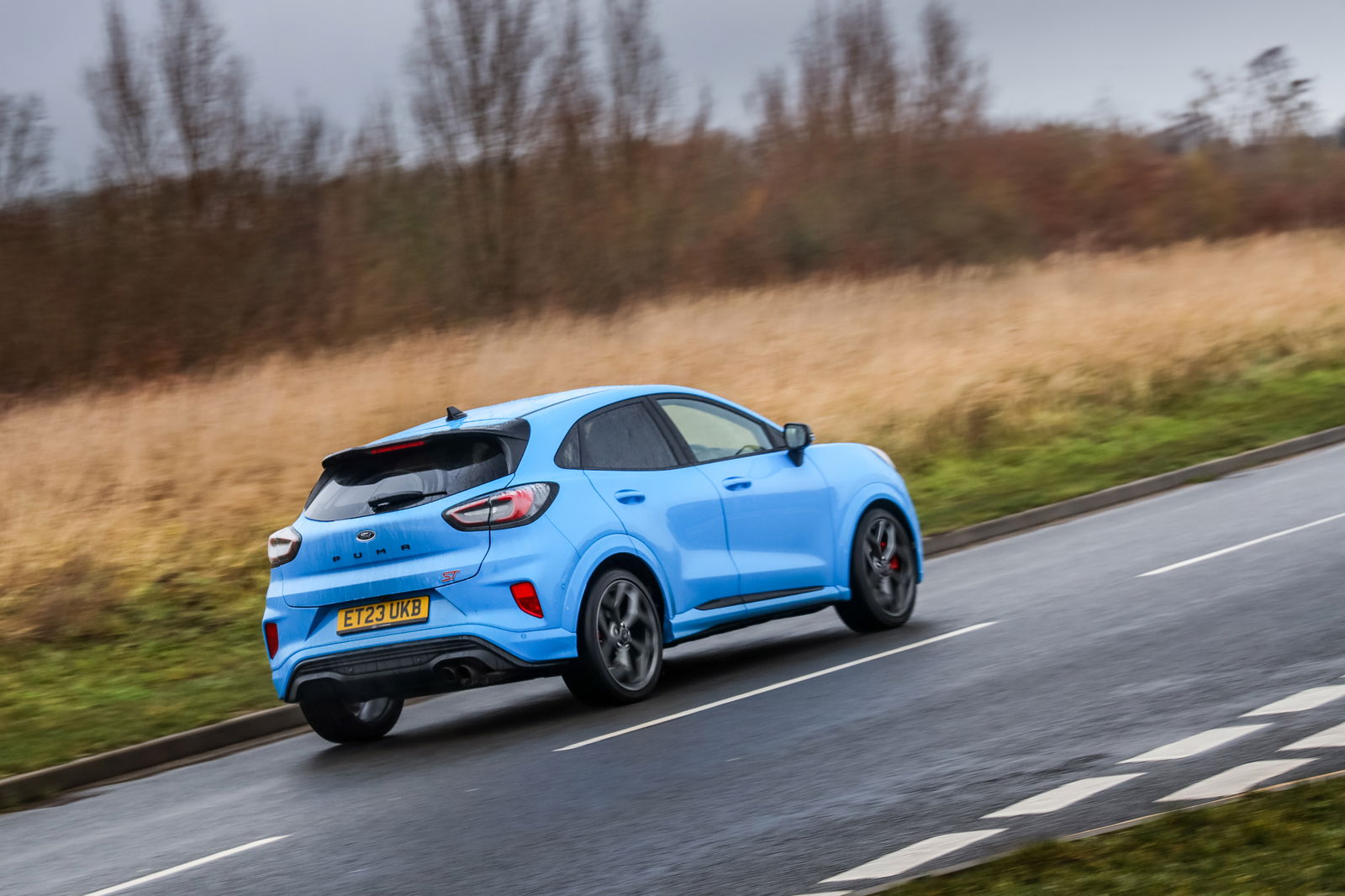
Thankfully, the dynamic side of the equation is no different to that of the old manual ST, weird, banana-shaped rear springs and all. And so, if you can block out the powertrain disappointment, it can still be a bundle of fun on a twisty road. The super-quick steering rack is some 25 per cent faster than a regular Puma’s, and the chassis has no problem at all keeping up.
Rapid changes of direction are the Puma ST’s forte thanks to an abundance of front-end grip and a stiff chassis that has absolutely no interest in body roll. Traction is rarely an issue, even though the ST Powershift does without the optional Performance Pack and its Quaife mechanical limited-slip differential available on the manual car. Finally, there’s plenty of stopping power in the brakes - another carry-over item from the manual ST.
What’s missing, though, is the 1.5-litre ST’s propensity for lift-off oversteer. The new 1.0-litre mild-hybrid setup uses a throttle that seems to close in a painfully slow manner, robbing the car of the dramatic weight transfer needed to upset its balance and get that tail wagging. Yes, you can get the rear moving a little, but it’s much more difficult to get any significant pivoting.
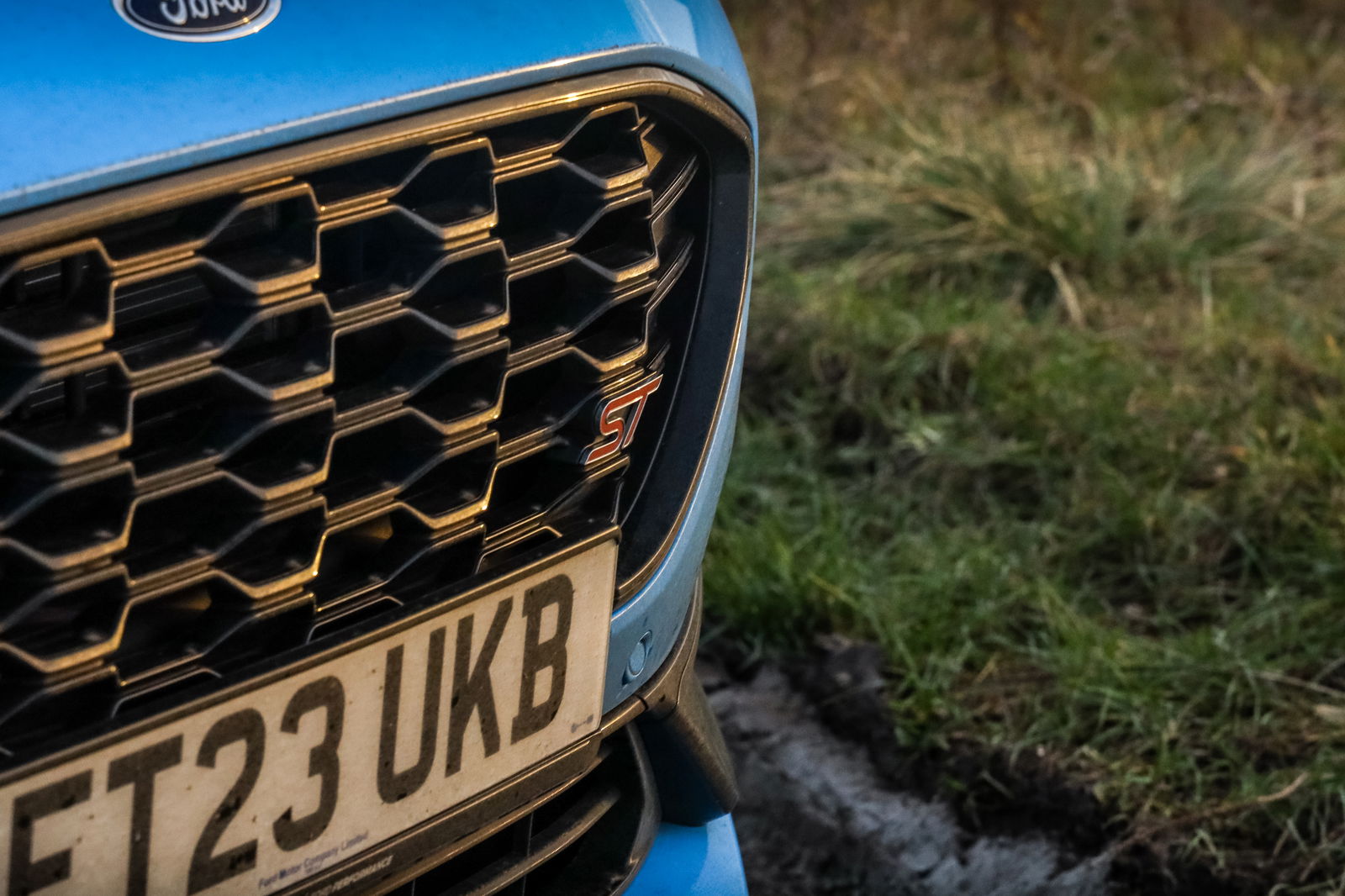
To drive in a more sedate fashion, the Puma ST Powershift is perfectly pleasant. Those smooth shifts come into their own, making for a relaxing driving attitude that offsets a firm ride which can get a little bouncy over speed bumps and potholes. We do have to foist in our all-too-common modern automatic complaint about the gearbox taking far too damn long to hook up and send you on your way from a standstill, though.
The interior tech all works just fine, and although the infotainment screen is a little small by current standards and not the most responsive, that seems moot when an updated Puma with all that stuff replaced is just around the corner.
The Megabox under the boot floor remains, erm, mega - it’s massive, and the drain plug at the bottom is a neat touch. Even without factoring that in, you’ve 456 litres of boot space, which is impressive for a car with a compact footprint.
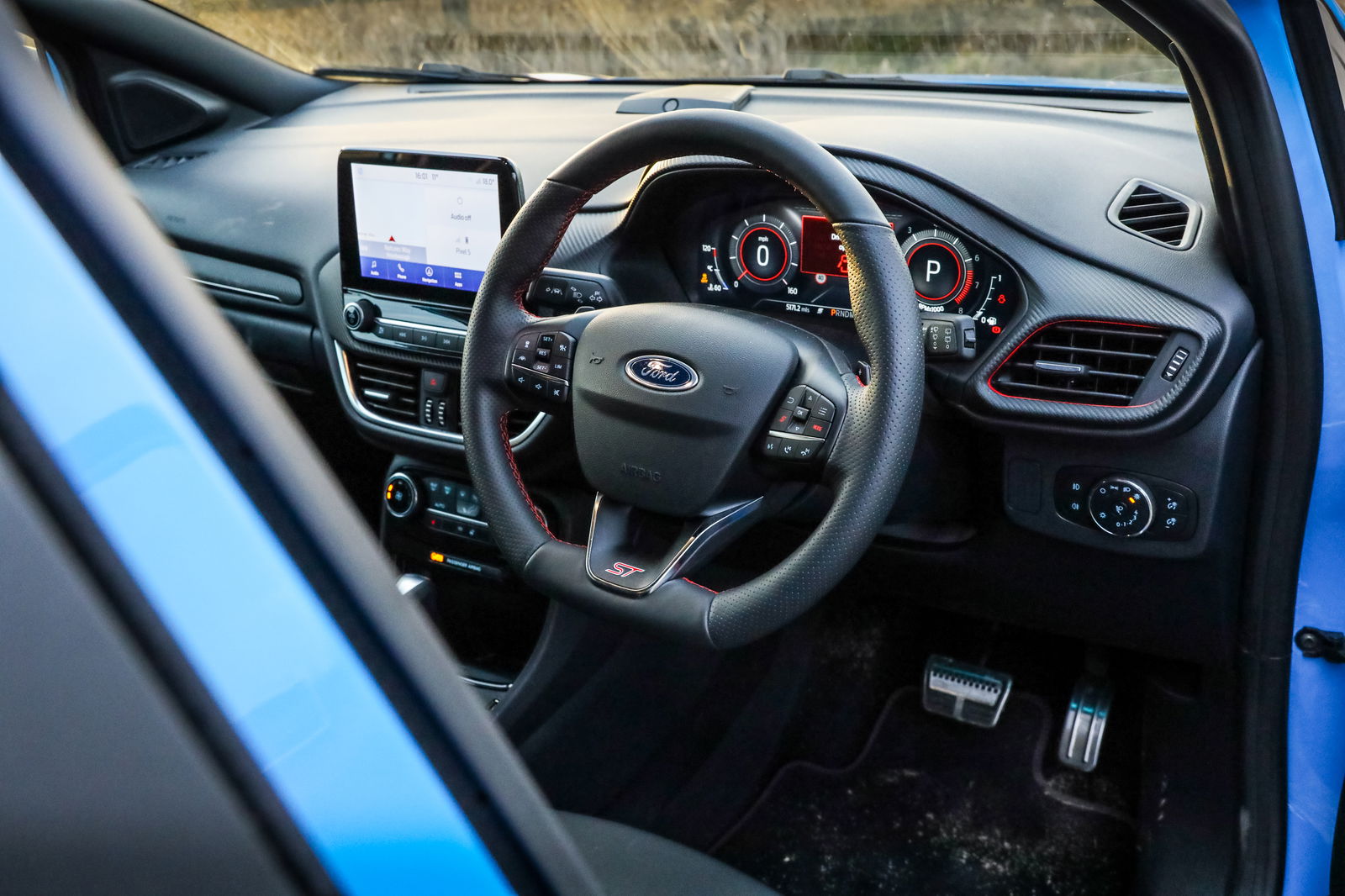
It is, of course, more economical than the 1.5 Puma ST. On paper, the difference is a paltry 2mpg, with the Powershift getting a figure of 44.8mpg. The difference seems greater than that IRL, though, if you’re putting your foot down a lot. The 1.5 used to have a voracious appetite for unleaded when driven thusly, but the 1.0-litre unit is more frugal in similar situations. We had no trouble getting way over 40mpg in a mix of conditions.
It’s a likeable car in many ways, then, and had the old 1.5 version never existed, we might have looked upon the Puma ST Powershift in a more favourable light. But knowing what came before, it’s hard not to come away a little glum.
.jpeg?width=1600)
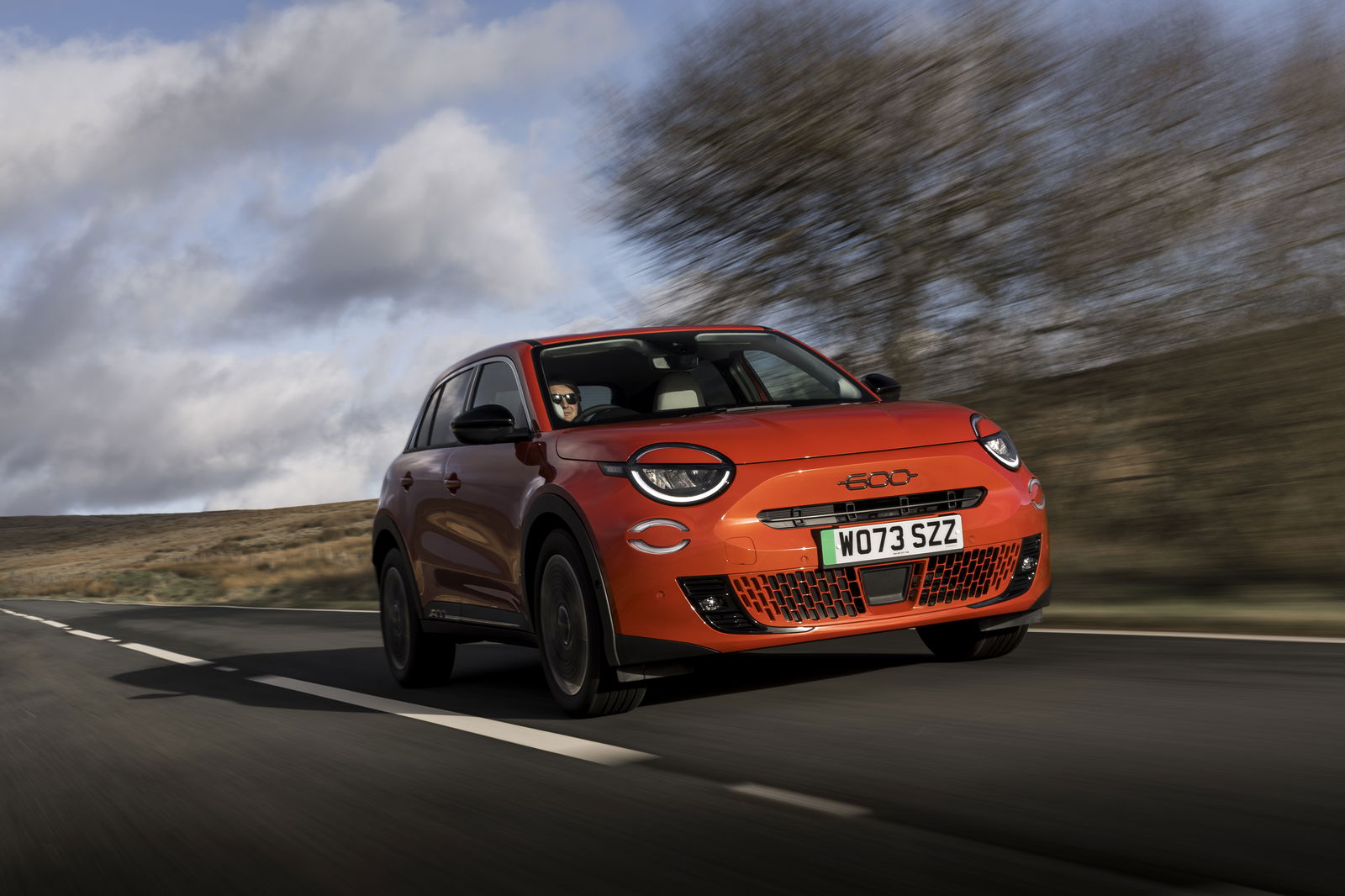

Comments